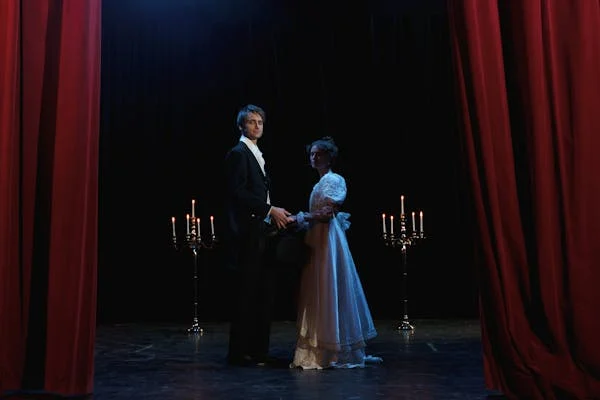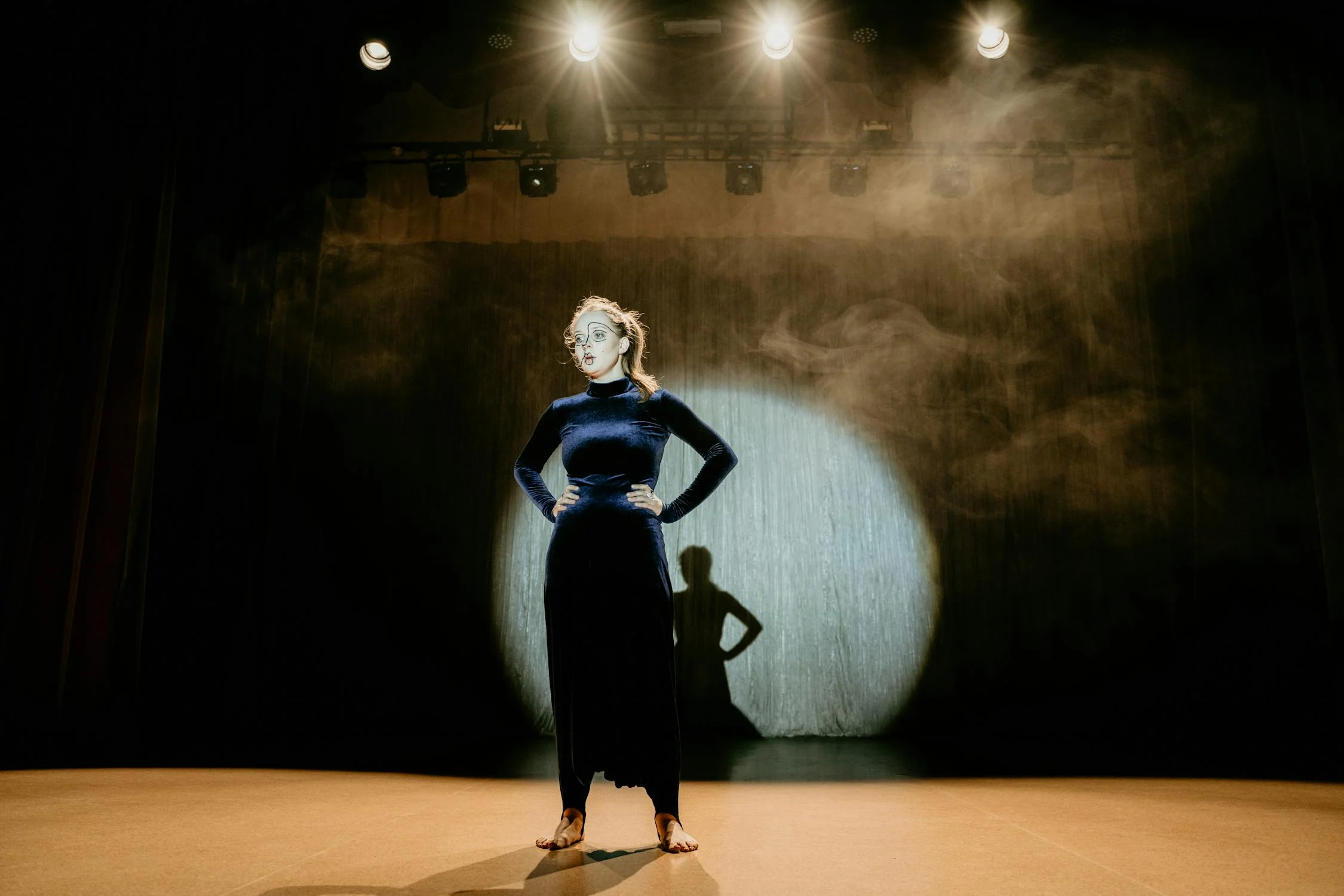What are the rules for Equity breaks?
Understanding rest periods and rehearsal limits for performers under Actors’ Equity Association
(By Jim Webb)

(Photo: Cottonbro Studio | Pexels)
What is an Equity Break?
If you’ve ever worked in professional theatre or stage performance under a union contract, you’ve probably heard the term Equity break. This term refers to required rest periods provided to actors and stage managers working under the jurisdiction of the Actors’ Equity Association (AEA), the union representing live theatrical performers in the United States.
Equity breaks are part of a detailed system of labor protections designed to prevent exhaustion, overwork, and unsafe rehearsal or performance conditions. These rules vary depending on the type of production (e.g., Broadway, regional theatre, touring) and the specific Equity contract involved, but some basic principles apply across the board.
According to the AEA handbook:
“Breaks are an essential component of fair working conditions and are required at regular intervals to ensure performers’ health and the safety of the entire company.”
Standard Rule: 5 and 10
The most well-known Equity break rule is often referred to by actors as the “5 and 10 rule.” It’s simple:
Actors must be given a five-minute break every 55 minutes of rehearsal.
Alternatively, a ten-minute break must be given every 80 minutes.
This standard applies to most rehearsals that fall under basic Equity contracts. The rule exists to prevent performers from being on their feet or intensely focused for extended periods of time without rest.
Example:
If a morning rehearsal starts at 10:00 AM and follows the 5 and 10 rule, the schedule might look like this:
10:00 AM – Rehearsal begins
10:55 AM – 5-minute break
11:00 AM – Rehearsal resumes
11:55 AM – 5-minute break
12:00 PM – Continue or break for lunch
These short pauses give actors a moment to hydrate, sit down, use the restroom, and mentally reset—key for maintaining stamina over long rehearsal days.
Longer Sessions: Meal Break Requirements
Equity also mandates longer breaks for meals when rehearsals or performances extend over several hours. Generally:
There must be a meal break after no more than five hours of continuous work.
The standard meal break is at least 1 hour, although a 1.5-hour break is common when the call resumes later in the day, such as a dinner break before an evening performance.
Example:
A typical rehearsal schedule might look like this:
12:00 PM – Rehearsal begins
5:00 PM – Meal break
6:00 PM – Rehearsal resumes
10:00 PM – Rehearsal ends
If the company does not provide the proper break, the producer or management could be required to pay meal penalties (extra compensation for breaking the contract terms), depending on the specific agreement.
What About During Performances?
 (Photo: Tima Miroshnichenko | Pexels)
(Photo: Tima Miroshnichenko | Pexels)
Equity breaks also apply during tech rehearsals, previews, and performances, albeit with different rules.
During tech week—a notorious phase of long hours and stress—AEA imposes special limits:
Actors cannot rehearse more than 10 out of 12 hours in a day, commonly referred to as a “10 out of 12” tech day.
There must be at least a 12-hour rest period between the end of one day’s rehearsal and the beginning of the next day’s call.
During actual performances, breaks are not always scheduled the same way. However:
Actors cannot be called to the theatre more than a certain number of hours before curtain (usually no earlier than a half-hour unless previously agreed).
If multiple performances are scheduled in a day (like a matinee and evening show), a minimum break of 1.5 hours must be given between curtain downs and next curtain ups.
Example:
If a matinee ends at 4:00 PM, the evening show cannot start before 5:30 PM without violating Equity rules—unless special permission is granted or the contract allows.
Breaks During Touring Contracts
Touring productions often operate under separate Equity rules, like the Production Touring Agreement or Short Engagement Touring Agreement (SETA). While the principles are the same, the schedules can be more grueling.
Key break considerations on tour:
Actors must still receive standard meal and rest breaks, even on travel days.
Rest between cities: Equity generally requires a minimum of 12 hours off between arrival in a new city and the next scheduled call.
After a long performance or load-in, overnight rest is crucial. Fatigued actors are more prone to injury, particularly with heavy physical demands or one-night stops.
Example:
If a tour bus arrives in a city at 3:00 AM and the first rehearsal begins at 10:00 AM, that may violate Equity’s required rest period. In such cases, stage management or Equity deputies may file a report.
What If Breaks Aren’t Given?
If an Equity break is missed or shortened, it’s not just a minor inconvenience—it can be a contract violation.
Actors are encouraged to report violations to their Equity deputy (a cast member who serves as liaison with the union) or directly to AEA. Union reps may then investigate and fine the producer or company, or mandate financial compensation to the affected actor.
“I didn’t know I could file a complaint during tech week,” one actor shared anonymously. “We were doing 14-hour days with no proper meal breaks. Once I spoke up, the union stepped in.”
AEA treats health and rest seriously. Chronic violations can lead to loss of union privileges or denial of future contracts for offending producers.
Why These Rules Matter
Equity breaks aren’t just about comfort—they’re about safety, physical and mental health, and sustainability.
Vocal strain from excessive use without rest can sideline performers.
Muscle fatigue increases injury risk in dance-heavy shows or intense blocking.
Mental burnout from long hours reduces artistic performance and morale.
Professional theatre demands excellence. But excellence without rest is exploitation.
Veteran actor and Equity member Susan Blackwell put it plainly:
“Taking a break doesn’t mean you’re not committed. It means you’re a human being. Equity gets that.”
Tips for Actors and Stage Managers
Whether you’re new to Equity or a seasoned veteran, here are a few key tips:
Know your contract. Different rules apply for different types of productions. Review the AEA rulebook or request guidance from your rep.
Track your hours. Keep a record of when you start and stop rehearsals or performances. This will help you identify when breaks are missed.
Use your deputy. Your Equity deputy is there to protect your rights. Don’t hesitate to speak up if something feels off.
Practice self-care. Use your break time wisely—stretch, hydrate, and rest your voice/body.
Example tip in action:
If a rehearsal is scheduled to go from 1:00 PM to 6:00 PM with no official lunch break, it violates Equity policy unless it’s clearly documented as a five-hour work window without need for meal time. Always clarify with your stage manager.
Future Changes and COVID Considerations
The COVID-19 pandemic brought renewed attention to labor conditions in the arts. Many actors returned to the stage with new awareness of wellness and burnout.
In response, Equity has reviewed and updated policies to reflect post-pandemic needs. Some of these changes include:
More frequent breaks during masked rehearsals
Additional rest days built into longer contracts
Emphasis on mental health support in stressful touring environments
As the industry continues to evolve, Equity break rules may adapt even further to protect worker well-being.
Conclusion: Respecting the Break
Equity breaks are not a luxury. They are a fundamental labor right that preserves the physical, emotional, and artistic health of those who dedicate their lives to live performance.
From five-minute water breaks to mandated overnight rests, these guidelines form the backbone of a fair and safe working environment in the theater world. Whether you’re working on a small Off-Broadway play or touring nationally with a Broadway juggernaut, the break is your legal and professional protection.
As Meg, a longtime Equity stage manager, once put it:
“If we don’t respect the break, we break the people. That’s not a show worth doing.”
Understanding and enforcing these rules helps ensure that theater remains not only inspiring but humane.



